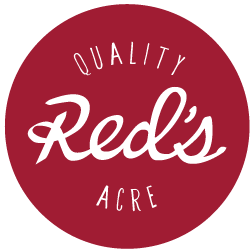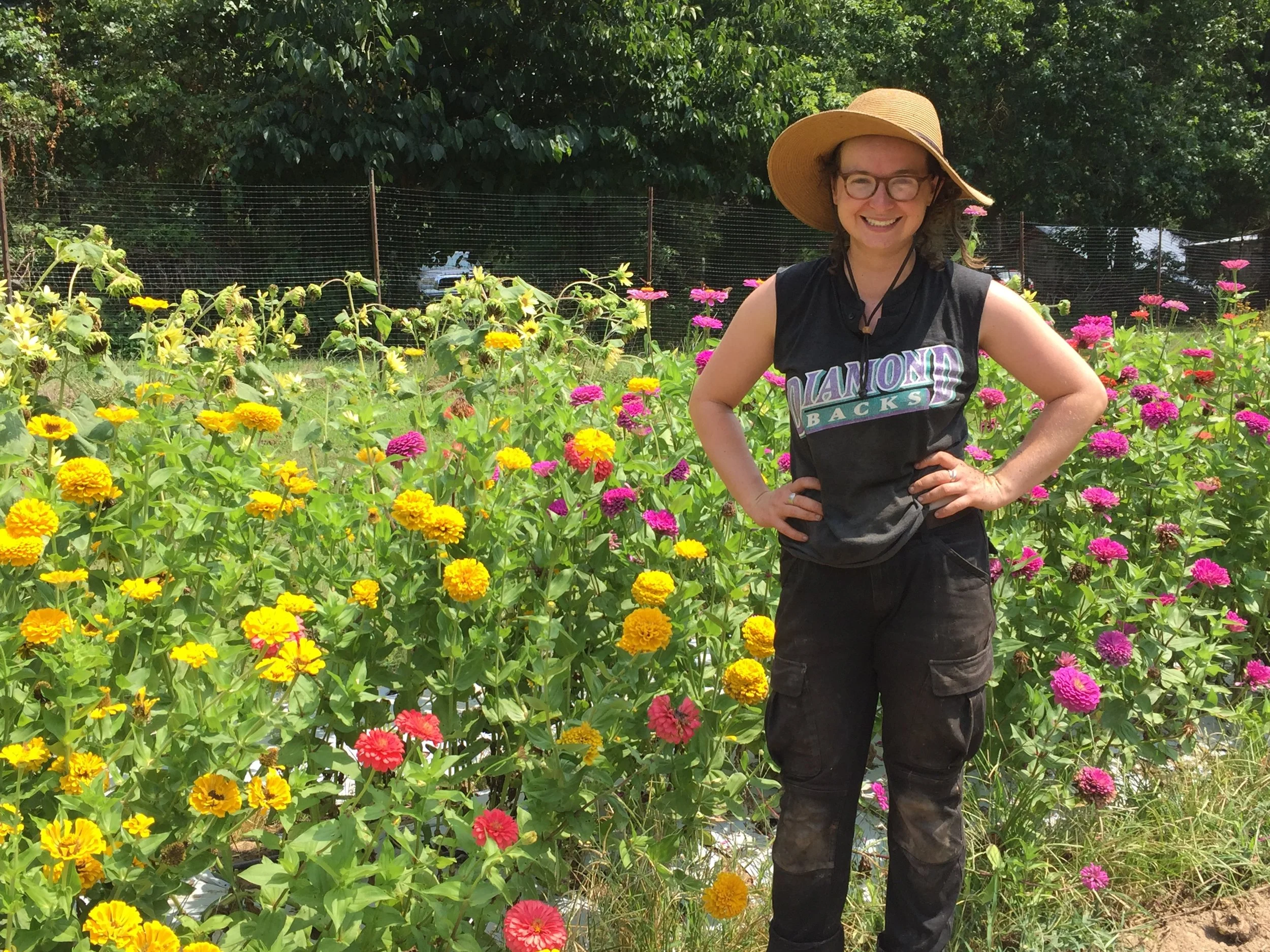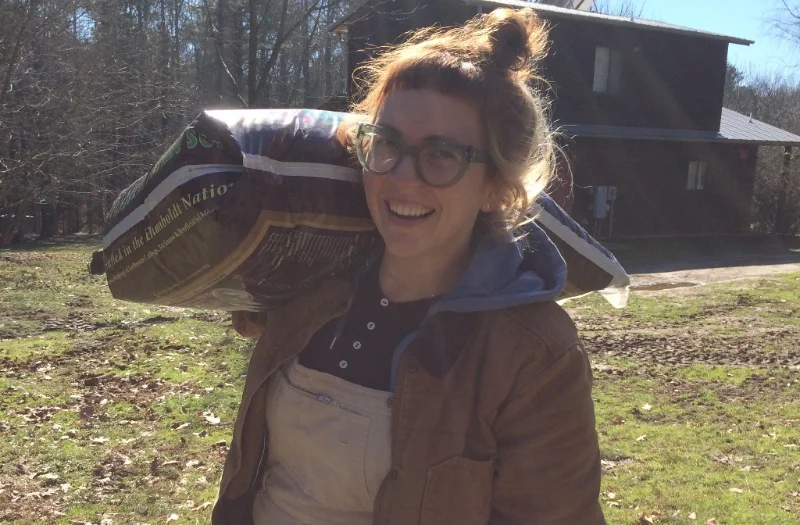At Red’s Quality Acre, we know that quality soil is essential to growing quality crops.
It is possible to grow large tomatoes and bright green kale using synthetic fertilizers and chemical pesticides. But that is not the Red’s Way. Synthetic fertilizers wash out of the soil quickly, leaving the plants needing more and potentially polluting our streams and rivers. Chemical pesticides don’t just poison pests, they can also poison the organisms in the soil—oh, and by the way, perhaps people. That is NOT the Red’s Way.
In our part of North Carolina, red clay is a very common soil type. Many people scorn the clay, but it actually has some very good characteristics for farmers if treated with respect and nurtured appropriately. One of clay's finest qualities is that it can hold moisture. A heavily mulched clay soil with lots of organic material mixed in can help farmers get through periods of drought with much less irrigation. And the clay can hold the nutrients plants need as well. So the question is, how can we nurture the clay to enhance its benefits.
Planting cover crops is one especially useful technique. And crimson clover is an especially good cover crop. Here’s the story:
Crimson clover is planted in the fall so that it germinates and grows all winter long in our relatively mild climate. It forms a mat over the soil that crowds out weeds that might otherwise grow. It holds the soil so that heavy winter rains don’t wash it away. In the spring, when it is plowed in, the soil gets a nice dose of organic matter. And being a legume (like peas, beans, and peanuts), it hosts one of a farmer’s best friends known as nitrifying bacteria.




























